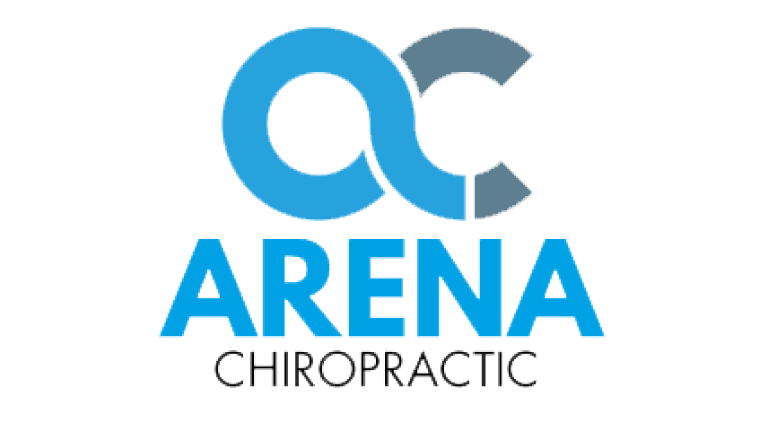When Sir Arthur Conan Doyle’s Sherlock Holmes applied himself to a difficult case, he famously utilized his powers of deduction. Holmes assembled and examined the facts before him and employed a scientific method of analysis to arrive at a solution that took into account of all the elements of the case. The great fictional detectives who followed in his wake including Agatha Christie’s Miss Jane Marple and Hercule Poirot, and G.K. Chesterton’s Father Brown, all utilized Holmes’s painstaking attention to detail and his inimitable, relentless logic.
Your chiropractor, as well, employs methods similar to Holmes’ in their search for the causes of your health issues and the keys that will provide access to abundant wellness and well-being. On the first office visit with a new patient, your chiropractor obtains a thorough health history, including current and past problems, past surgeries, medications, and everything else that is important to understanding your present health circumstances. Next is the physical examination, in which your chiropractor gathers objective findings such as the ranges of motion of your neck, lower back, and various extremities. The strength of key muscle groups is determined, reflexes are tested, and sensory patterns in your arms and legs are assessed.
Additionally, your chiropractor examines the mobility and overall function of the joints of your spine, especially in the cervical (neck) and lumbar (lower back) regions, to identify locations of spinal joint dysfunction and nerve interference. Finally, based on your health history and the physical examination findings, as well as information derived from X-rays and other special tests, if needed, your chiropractor deduces the likely source of your health complaints and devises a program of treatment that will help restore and maintain good health.
By utilizing a comprehensive process of deduction, your chiropractor ascertains the primary spinal regions of joint dysfunction and nerve irritation that are interfering with your ability to express optimal health and well-being. Treatment is directed at correcting these biomechanical problem areas by use of manual chiropractic methods and instruction in rehabilitative exercise routines. Your chiropractor may also help you to set-up a healthy eating program that works for you, as well as provide information on establishing nighttime habits to consistently obtain sound, restful sleep.
Regular chiropractic care is important for all of us, from the youngest members of our families to the oldest. By detecting and correcting sources of nerve interference, our chiropractors help us to demonstrate high levels of health and wellness, now and into the future. Habits of good health can spread throughout a neighborhood and a community. As a result, in the long run, everyone benefits.
Sources:
- Goncalves G, et al: Primary prevention in chiropractic practice: a systematic review. Chiropr Man Therap 2017 Mar 20;25:9. doi: 10.1186/s12998-017-0140-4. eCollection 2017
- Clijsters M, et al: Chiropractic treatment approaches for spinal musculoskeletal conditions: a cross-sectional survey. Chiropr Man Therap 2014 Oct 1;22(1):33. doi: 10.1186/s12998-014-0033-8. eCollection 2014
- Gorrell LM, et al: Manual and Instrument Applied Cervical Manipulation for Mechanical Neck Pain: A Randomized Controlled Trial. J Manipulative Physiol Ther 39(5):319-329, 2016




